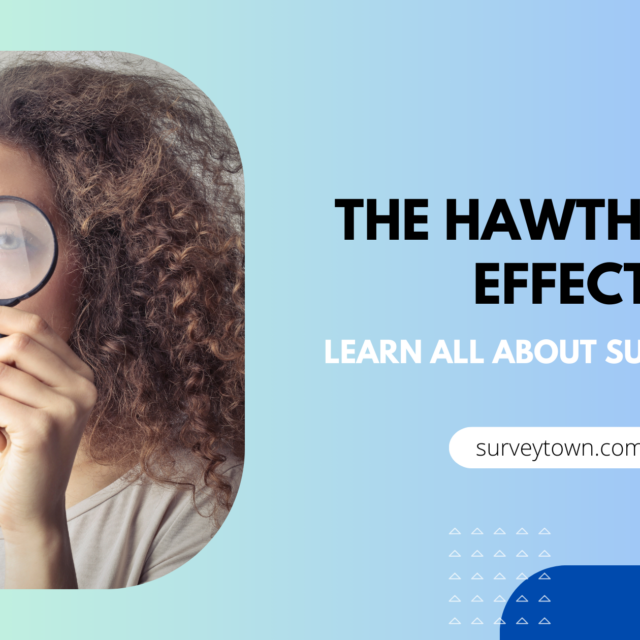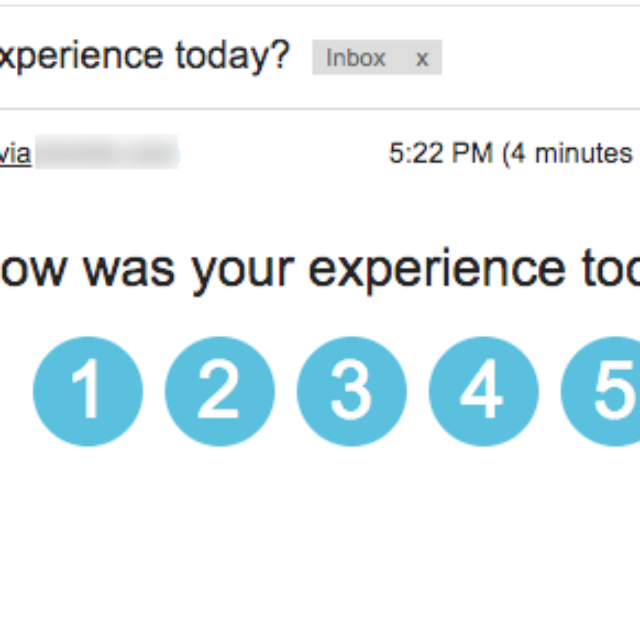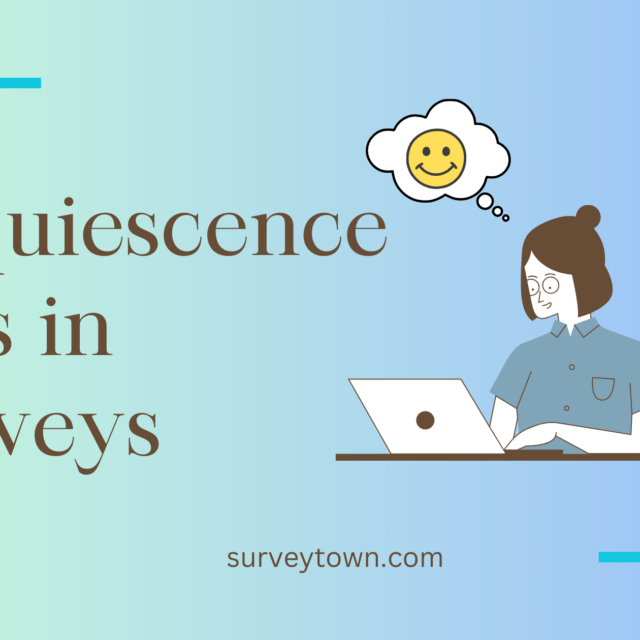Welcome to our ultimate guide on reducing survey abandonment. As industry experts, we know the value of gathering accurate and complete data for meaningful insights. In this article, we’ll delve into survey abandonment, its effects on data collection and analysis, and uncover top strategies to reduce it.
Survey abandonment happens when a respondent starts but doesn’t finish a survey—read our study about it here.
It can occur at any point in the process, hindering your ability to gather valuable information from your target audience. High rates of survey abandonment pose significant challenges to data collection efforts by resulting in incomplete or missing responses. This introduces bias in research findings and impedes accurate analysis.
Understanding why respondents abandon surveys is crucial for developing effective strategies that reduce abandonment rates:
- Lengthy Surveys: Long surveys with numerous questions cause respondent fatigue.
- Complex Questions: Poorly worded or confusing questions discourage participants.
- Lack of Incentives: No rewards offered for completing the survey leads to low motivation.
- Technical Issues: Glitches or slow loading times frustrate participants.
- Irrelevant Content: If a survey isn’t relevant to their interests or experiences, respondents are more likely to abandon it.
By addressing these issues head-on, researchers can tailor their strategies effectively, significantly reducing abandonment rates and ensuring higher response rates from the target audience. In the next section, we’ll explore proven techniques to minimize survey abandonment and maximize data collection success. Stay tuned!
Strategies to Reduce Survey Abandonment
When it comes to obtaining accurate and reliable data, reducing survey abandonment is absolutely crucial. As an expert in the field, I have discovered a range of effective strategies that can help you increase response rates and minimize bias in your research. Let’s dive into these key strategies that have proven successful in reducing survey abandonment.
- Design Engaging and Concise Surveys: To keep participants engaged throughout the survey process, it’s important to design visually appealing surveys with a clean and intuitive layout. By breaking down long surveys into shorter sections or pages, you can prevent respondent fatigue and ensure higher completion rates. Additionally, incorporating interactive elements like sliders or drag-and-drop features adds an enjoyable touch to the overall experience.
- Use Incentives: Motivating respondents is essential for minimizing survey abandonment rates. Consider offering incentives such as discounts, gift cards, or entries into prize draws at the beginning of the survey to capture their attention right away. To further enhance participation levels, think about implementing tiered rewards based on completion time or level of effort required.
- Create a Mobile-Friendly Survey Design: In today’s digital age, optimizing your surveys for mobile devices is non-negotiable since more people are completing surveys on smartphones or tablets than ever before. Ensure that all question types are easily viewable and navigable on smaller screens by testing your survey across different devices and screen sizes extensively.
- Use Clear and Simple Language: Using plain language that eliminates ambiguity or confusion is vital for encouraging respondents to complete your survey successfully. Avoid using jargon, technical terms, or complex sentence structures that may deter participants from fully engaging with the questions asked. Providing clear instructions for each question type will also ensure that respondents know exactly what is expected from them.
- Improve Technical Compatibility: Ensure the survey platform works seamlessly across different devices and browsers. Technical glitches, slow-loading pages, or compatibility issues can frustrate respondents and lead to survey abandonment. A technically sound and mobile-friendly survey minimizes barriers that might discourage participation and abandonment.
- Address Privacy Concerns: Assure respondents that their privacy will be protected. Clearly communicate how their data will be used and safeguarded, reducing concerns that might lead to abandonment. By transparently sharing these details, you alleviate concerns and respect respondents’ privacy, fostering a sense of security that reduces the likelihood of abandonment.
- Allow Flexibility in Survey Completion Time: Provide the option to save progress and return to the survey later. Allowing them to pick up where they left off acknowledges their time limitations and demonstrates consideration for their commitment. This feature empowers participants to engage with the survey when it’s convenient for them, increasing the chances of completion.
- Build Trust With Survey Participants: Establish credibility by being transparent about the survey’s purpose, your organization, and the potential impact of their responses. The more transparent you are, the more participants will recognize the genuine nature of the survey and its potential impact. By fostering trust, you create a sense of partnership, increasing the likelihood that respondents will complete the survey and provide thoughtful responses.
By implementing these expert strategies effectively within your surveys, you will significantly reduce survey abandonment rates while improving the overall quality of your data. Remember to continuously monitor and analyze your results, as this will help you identify any areas where further improvements can be made.

Measuring the Effectiveness of Your Strategies: Expert Insights
Once you’ve implemented your strategies to reduce survey abandonment, it’s crucial to measure their impact and effectiveness. By tracking and analyzing survey completion rates, you can gain valuable insights into the success of your efforts.
Here are some key steps from our experts to help you measure the effectiveness of your strategies:
- Track Survey Completion Rates: Utilize powerful analytics tools or specialized survey software that provides comprehensive data on completion rates. Keep a close eye on how many respondents start and finish your surveys, as well as any drop-off points along the way.
- Compare A/B Testing Results: Take advantage of A/B testing by creating two versions of a survey with different design elements or incentives. Randomly assign respondents to each version and compare completion rates between them. This method allows you to identify which changes lead to higher engagement and lower abandonment.
- Analyze the Correlation Between Design Changes and Completion Rates: Dive deep into the data by examining patterns in completion rates when specific design changes are made, such as modifying question wording, layout, or adding incentives. This analysis will reveal which modifications have a significant impact on reducing abandonment.
By consistently measuring these metrics as an expert researcher would do, you’ll gain valuable insights into what works best for your audience while making informed decisions based on real data-driven evidence for optimizing future surveys. Remember that reducing survey abandonment is an ongoing effort that requires continuous monitoring and adjustment based on feedback from respondents who engage with your surveys online.
TL;DR: Key Points
To unlock the full potential of your research, you must address survey abandonment head-on. As an expert in this field, I understand how crucial it is to engage participants and reduce fatigue for higher response rates. By optimizing surveys for online shopping experiences and implementing effective strategies, you can significantly decrease abandonment rates.
- Create visually appealing surveys with interactive elements that captivate respondents’ attention.
- Offer meaningful rewards to motivate participants to complete the survey.
- Consider mobile accessibility when designing surveys for online platforms to increase engagement and prevent technical difficulties from causing respondents to abandon the process.
- Build trust by being transparent about data usage and privacy safeguards, creating a safe environment where participants feel comfortable sharing their opinions.
- Provide flexibility by allowing progress saving or completion at a later time to accommodate diverse schedules.
- Use concise language without jargon or complexity to ensure clarity in gathering valuable insights.
- Test rigorously across different platforms for technical reliability during online research.
Adopting a participant-centric approach focused on engagement, transparency, convenience, and trust-building is key to a successful research that reduces survey abandonment rates while increasing response rates and gathering valuable insights for online shopping experiences.
In the world of survey research, where the insights you seek are only as reliable as the participation you secure, these strategies stand as reliable guides to navigate the challenges of survey abandonment. By integrating them thoughtfully, you not only elevate the completion rates but also contribute to more meaningful research outcomes.




